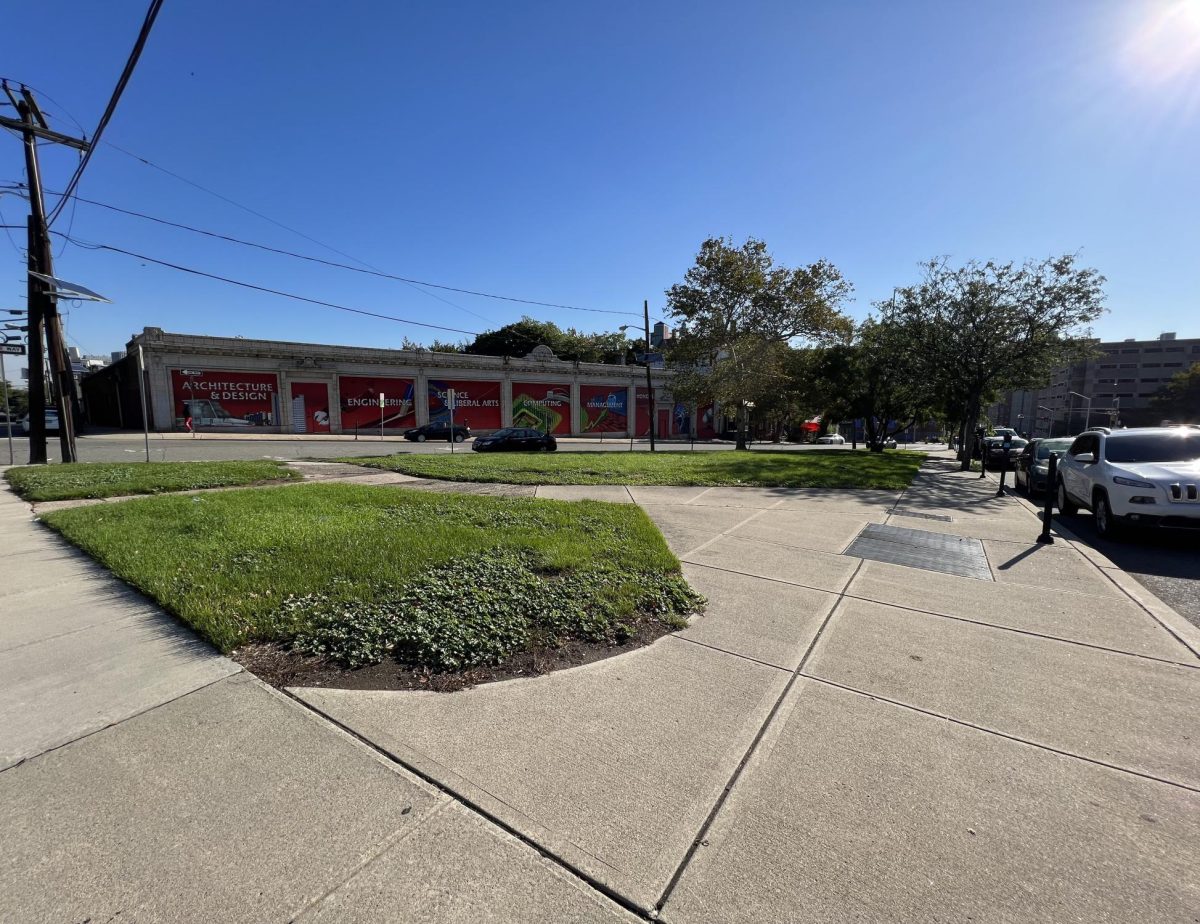Nestled in the University Heights neighborhood of Newark, the NJIT campus spans 48 acres — most of which is consumed by buildings, parking lots, and sidewalks. However, over 300 trees line the campus, consisting of 13 species. The problem? Many are immature and nonnative species.
NJIT and Rutgers-Newark both received grants for $188,000 and $100,000 respectively to add greenery to their campuses, as part of the larger Trees for Schools grant initiative program. Across the state, a collaboration between The College of New Jersey and the state organization Sustainable Jersey aims to plant over 3,000 trees in order to slow down the heat island effect and increase biodiversity.
The heat island effect is a phenomenon commonly observed in large cities with large concrete and blacktop areas. Buildings, roads, and pavement absorb and emit the radiation of the sun at higher rates than comparable areas with greenery, causing a higher average temperature in cities without greenery. Amongst 44 large cities in the United States, Newark was found to have the second-highest heat index in a study by Climate Central, a nonprofit from Princeton University.
Commissioner of Environmental Protection Shawn M. LaTourette said in a press statement, “These grants are an important step to help mitigate the impacts of climate change and are an investment in healthier schools and communities.” Grants provided through the program range from $12,000 to $250,000 and will fund planning, site preparation, trees, and any other expenses for the project over a three-year period.
At NJIT, students will notice anywhere from 40 to 50 new trees, with some replacing older ones that are not conducive to native biodiversity or to the campus environment. Notably, groups led by Assistant Director of Sustainability Prabhakar Shrestha and the Urban Ecology Lab seek to increase the number of suitable trees such as pin oaks, honey locusts, and maples. These trees are ideal for the New Jersey climate and, most importantly, grow well enough to act as carbon sinks and oxygen suppliers.
Trees of larger diameter are much better at soaking up above-ground carbon dioxide. A Frontiers study found that an average 10-inch diameter tree stored 90 – 121 kilograms of above-ground carbon, depending on the tree species, while a 20-inch diameter tree stored 541 – 683 kilograms of above-ground carbon. Due to the constraints of a college campus, however, many of the trees planted are in pots and not able to grow large enough to soak up carbon.
One of the primary locations planned for the planting of additional trees is the small island, called Sussex Park, at the intersection of Central and Sussex avenues, between Eberhardt Hall and restaurant Ramen Gami. This region may one day contain much larger trees that resemble the stately oak tree next to Eberhardt Hall. While most of the work will commence in 2024, interested students can reach out to the Urban Ecology Lab or NJIT Green to get involved.






























